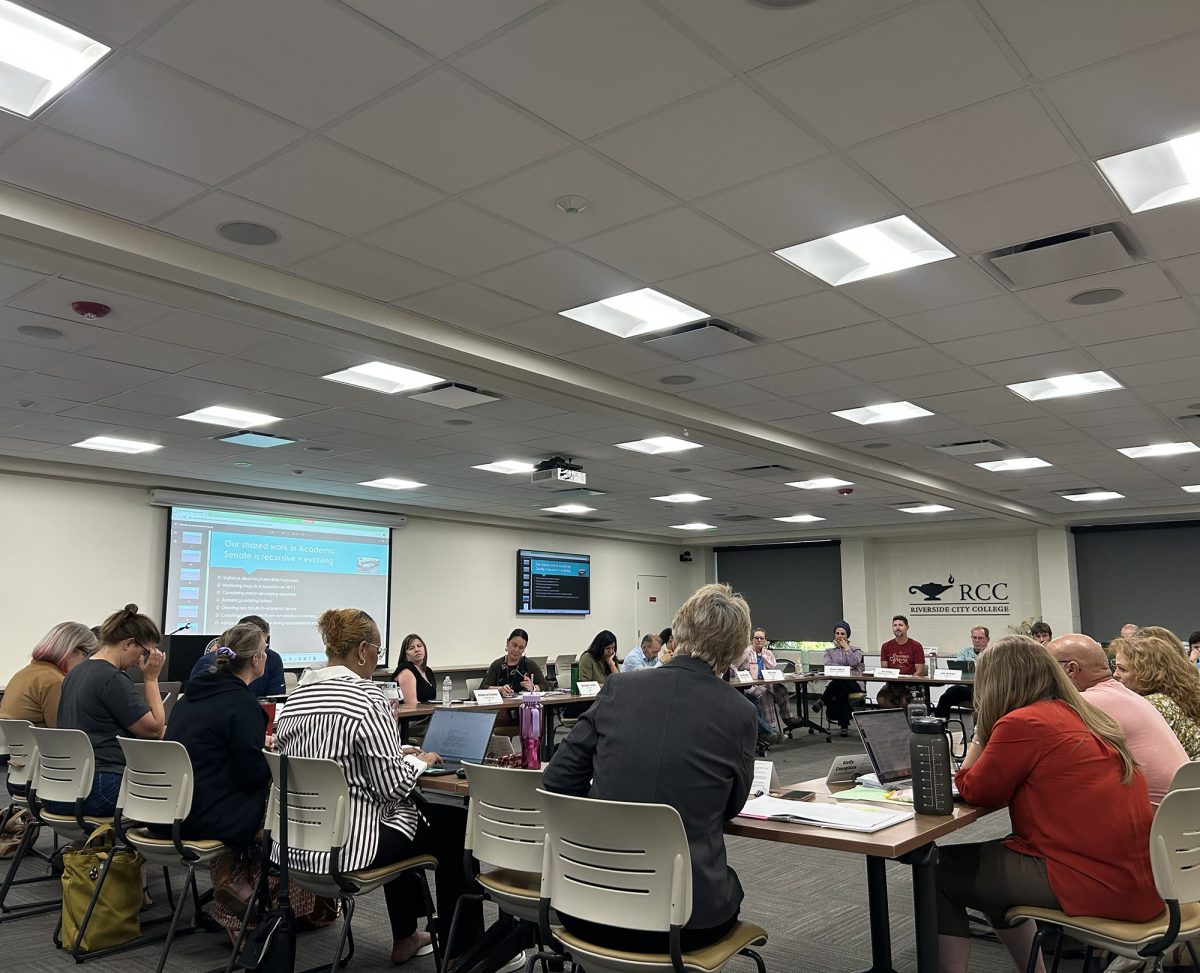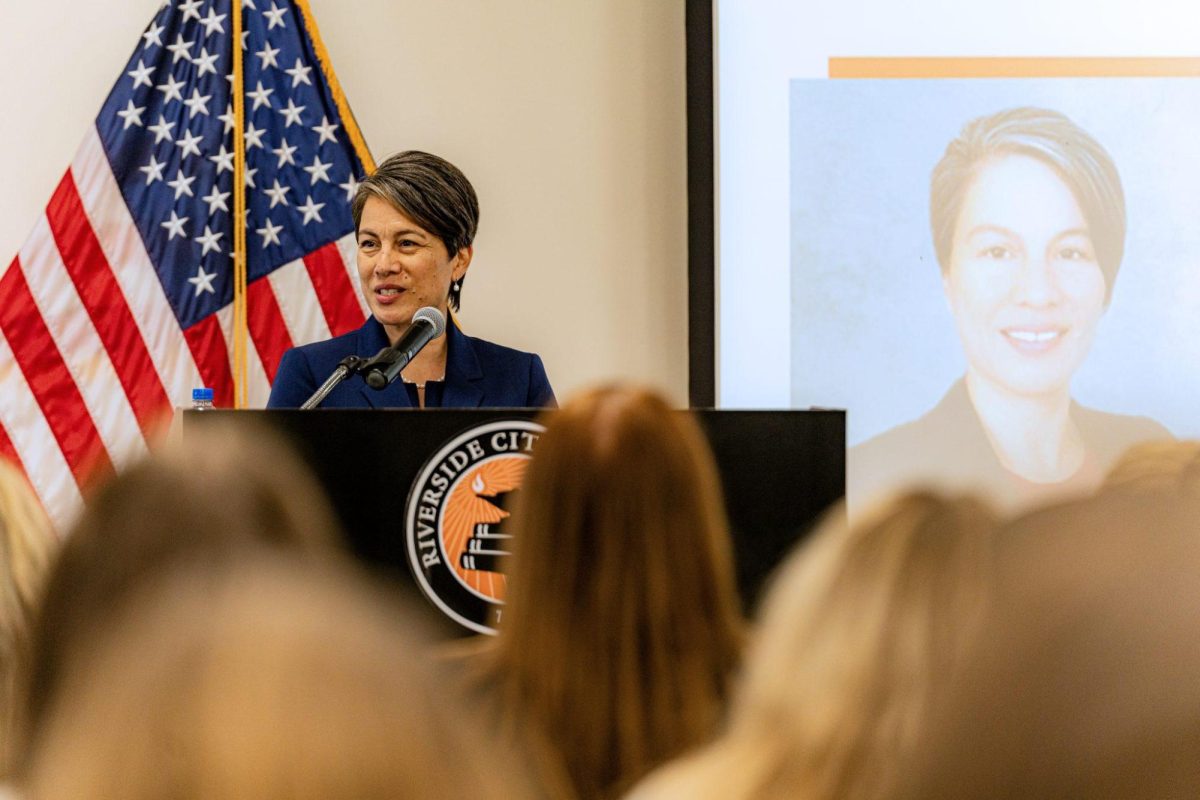By Marlenne Barajas / Staff Writer
By Marlenne Barajas / Staff Writer
The education system continues to be the first affected by global economic crises as it endures budget cuts over $2 billion toward higher education.
This just doesn’t seem right. One of the state’s top priorities should be to maintain a steady cycle of education and to provide economic support and services for scholars who desire to further their education.
The on-going economic crisis has 48 out of 50 states in the U.S. facing budget deficits of over $144 billion.
As the eighth largest economy in the world, California faces a budget deficit of $26 billion, triggering budget cuts of $400 million to California’s Community Colleges.
Riverside Community College District alone received about $40 million budget cuts for 2011.
Consequently, extreme reductions from the lack of funds provided colleges with no other alternatives but to increase the fees attached per unit in its college systems while also raising the tuition that is currently preventing incoming students from attending UC and Cal State Universities.
Yet, even after raising their fees, colleges throughout California must also make ends meet by canceling classes and eliminating support programs and services such as counseling and tutoring.
They have also reduced library time, which has been proven to be crucial to students who are unable to access information anywhere else.
Money shortages have caused not only teachers and professors to lose their jobs, but custodians, landscape crews, maintenance positions and secretaries as well.
In the end, this only further increases the unemployment rate in the state.
Not only does California suffer from inappropriate staffing numbers in comparison to the student population, but a scarce number of differentiation in the availability of classes result in much larger class sizes.
Students are unable to enroll in their desired classes or courses that they are required to take depending on their major due to the cuts made to higher education.
For example, the English Department at Riverside City College was originally going to be unavailable during this upcoming winter semester.
Fortunately enough, after a few weeks of debating the issue, permission was finally granted to open a few English courses in the winter.
In addition, many students are incapable of enrolling into twelve total units, the amount needed to qualify to receive financial aid from the federal government.
However, due to circumstances such as the unavailable spaces, classes or units, students are left with no other option but to drop out and wait for opportunities that later arise, if they do at all.
At this point, students become powerless to continue furthering their education and therefore delaying their graduation date.
So, where has the nation’s wealth gone?
The United States wealth is distributed in the top one percent of Americans while 99 percent continue to suffer as they work day in and day out at their daily job just to barely support their family, yet alone pursue a higher education.
By raising taxes for the one perfect here in California by four percent a year would generate revenue totaling up to $20 billion a year, which should then be driven toward financing higher education where it is urgently required.
If budget cuts continue to increase, separation between economic classes will become more and more evident, as the wealthy will continue their education, and the middle and poor class receives no education limiting our nation’s ability to advance intellectually to exceed other countries.
We as a state must protest these budget cuts being made on these educational programs in California if we wish to see the continuation of success in our future.
Remember, this crossroad has two paths: the road where one can sit back and let everything get taken away from them without fighting for anything, and another in the opposite where we stand up and fight for our world, our interests, and our future.






